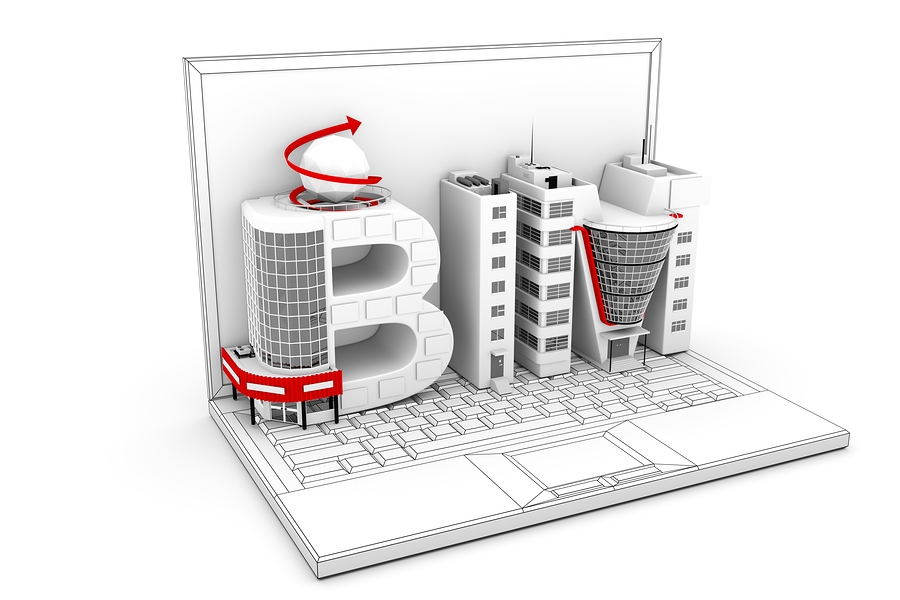BIM (short for Building Information Modeling) is an innovative working method that transforms processes in every phase of a building’s life. This digital model is a 3D representation and database containing all the physical and functional characteristics of a construction. How do you become a BIM specialist?
What does a BIM specialist do?
He coordinates the digital models, acting as project manager, BIM specialist or consultant, development manager or BIM technician. His training and skills make him a professional able to take part in all life cycles of the project or building: creation, construction, operation and demolition.
He demonstrates collaborative leadership in communicating well with the various stakeholders involved in the project.
A specialization for the future
Because this new information model is another way of looking at infrastructure and buildings, BIM is destined to have a promising future, according to its proponents. Its construction management is based on a collaborative approach integrated between the different partners of a project.
The BIM approach allows information to be centralized, decompartmentalizing construction sectors and the trades who often work in silos. BIM therefore optimizes working time, reduces construction costs and sources of error, and makes it easier to meet deadlines.
College education
The gateway to this recent specialization for workers in the construction sector is about 400 hours of college training. Once completed, it provides a college education certificate (AEC) in coordination of BIM digital models. At the moment, it is offered at the Cégep de Limoilou (in Quebec City) in partnership with the Cégep du Vieux-Montréal. Since it is a specialization, it is aimed at professionals who have a qualification in the construction field or who have experience considered sufficient. To register, a high school diploma or a diploma in professional studies in building or industrial design is required.
At university
Training is also offered at the university level for those trained in civil engineering, construction or a related field. The École de technologie supérieure (ÉTS), for example, offers a short graduate program in BIM modelling. Polytechnique integrates a BIM course in various undergraduate courses.
All professionals in the field — architects, engineers, contractors, etc. — can also register in continuing education and piecemeal courses in the BIM approach, both at college and university.
